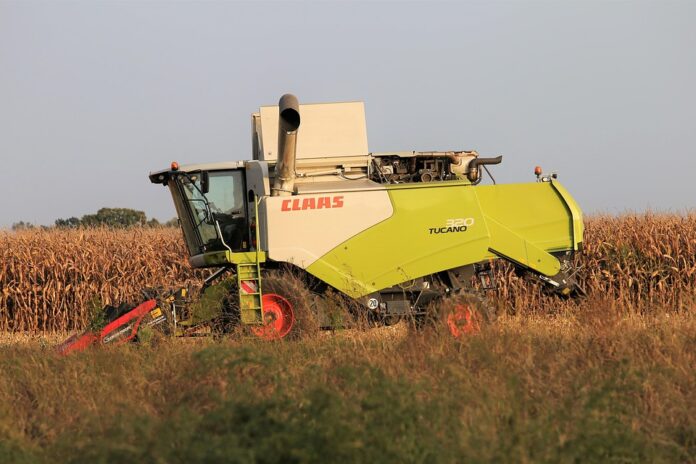Introduction
Combine harvesters are essential agricultural machines designed to efficiently harvest grain crops. These machines have revolutionized the farming industry by streamlining the process of cutting, threshing, and separating grains from the chaff. In this report, we will delve into the inner workings of combine harvesters, from the initial grain cutting process to the final separation of grain.
Grain Cutting
Grain Cutting Mechanism
The first step in the harvesting process is grain cutting. Combine harvesters are equipped with cutting platforms that have a series of sharp blades. These blades cut through the standing crop, allowing the plant to fall onto a conveyor belt that transports it into the machine.
Types of Cutting Platforms
There are two main types of cutting platforms used in combine harvesters: rigid and flexible. Rigid cutting platforms are fixed in position and are ideal for flat and uniform fields. Flexible cutting platforms, on the other hand, have the ability to flex and adapt to uneven terrain, making them suitable for challenging field conditions.
Threshing and Separation
Threshing Process
Once the grain is cut and collected, it moves into the threshing mechanism of the combine harvester. Threshing is the process of separating the grain from the stalks and husks. The grain is separated by the rotating threshing drum, which beats the plant material to release the grain.
Separation Process
After threshing, the grain undergoes the separation process. The grain and chaff mixture is fed into a series of sieves and fans that separate the grain from the chaff based on weight and size. The cleaned grain is then stored in the combine’s grain tank, ready for further processing or storage.
Industry Insights
Market Trends
The global combine harvester market is experiencing steady growth due to increasing demand for efficient farming equipment. Technological advancements in combine harvester design, such as GPS guidance systems and automated controls, have further boosted market growth.
Key Players
Some of the leading companies in the combine harvester industry include John Deere, CNH Industrial, AGCO Corporation, and Claas. These companies offer a wide range of combine harvester models with varying capacities and features to cater to the diverse needs of farmers worldwide.
Financial Data
Revenue and Profitability
According to recent financial reports, John Deere, one of the largest manufacturers of combine harvesters, generated over $35 billion in revenue in 2020. The company’s profitability is driven by strong sales of agricultural machinery, including combine harvesters.
Investment and Expansion
Many companies in the combine harvester industry are investing in research and development to introduce innovative features and improve machine efficiency. Additionally, there is a growing trend of international expansion, with companies seeking to tap into emerging markets with high agricultural demand.
In conclusion, combine harvesters play a crucial role in modern agriculture by simplifying the harvesting process and increasing efficiency. With ongoing technological advancements and market growth, the future of the combine harvester industry looks promising.


